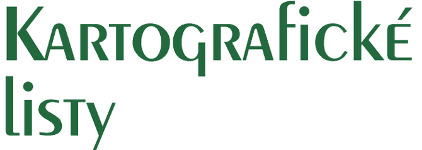Maëlle PELISSIER, Igor MATEČNÝ, Gábor MILICS
State of the art of the use of remote sensing in agriculture in Slovakia and Hungary
Pelissier, M., Matečný, I., Milics, G.: State of the art of the use of remote sensing in agriculture in Slovakia and Hungary. Kartografické listy, 2023, 31 (2).
Abstract: This paper aims to present a state of the art of remote sensing in Slovak and Hungarian agriculture. A similar methodology has been applied in order to have comparable data on both countries, mainly through research and exchanges with actors involved in this field, both public and private. About fifteen actors were identified in Slovakia; and around thirty in Hungary, from companies providing remote sensing images to others offering services directly to farmers, or public institutions. Those last ones have shown the interest of the State, at least in Slovakia, in the field of remote sensing for agricultural purposes. Especially by mapping certain areas with precise indicators in order to identify agricultural areas in decline, or to provide free access data to various users. However, the involvement of the state/public institutes in training, funding, projects and market structuring is low compared to Hungary. Research shows some differences between the two countries in terms of commercialized services in remote sensing, especially in the agricultural areas concerned and their scale, the diversity of the services offered, the tools used and the proportion of interested farmers. The drivers for the adoption of remote sensing by farmers are broadly similar between the two countries, although they do not concern the same proportion of users: they are mainly financial motivations, with a possible increase in profit or decrease in production costs. Another motivation, to a small extent, may be environmental preservation, and adaptation to the climate change that is beginning to impact agriculture in Slovakia. The main obstacles noted are the lack of organizations structuring agriculture (cooperatives, advisors) in Slovakia, which limits the dissemination of know-how and knowledge in the field of innovation and precision agriculture, including remote sensing, as well as the lack of means to carry out these investments, the lack of insurance, and the time required for this type of activity.
Keywords: precision agriculture, remote sensing, farming in Slovakia and Hungary, agricultural land use

